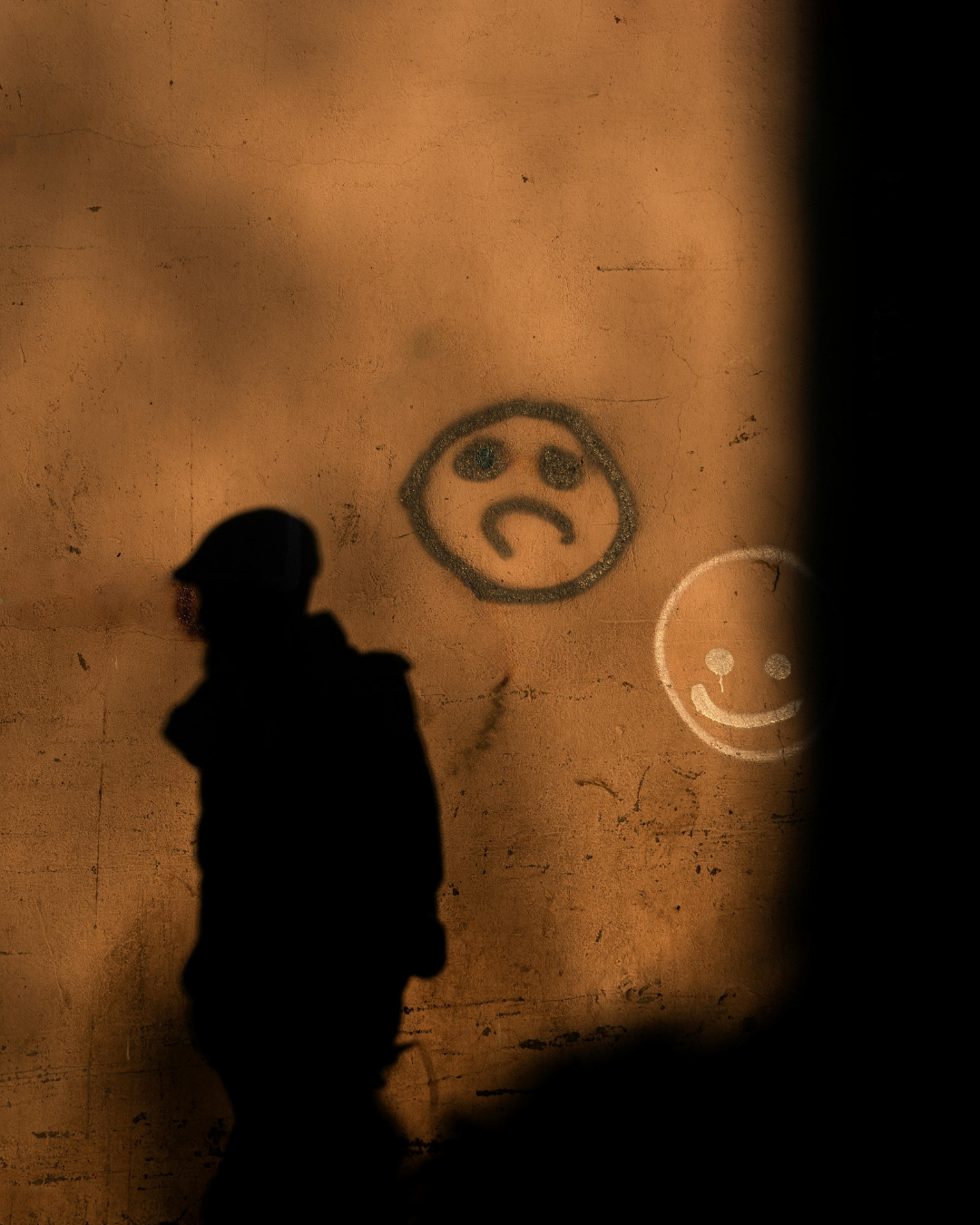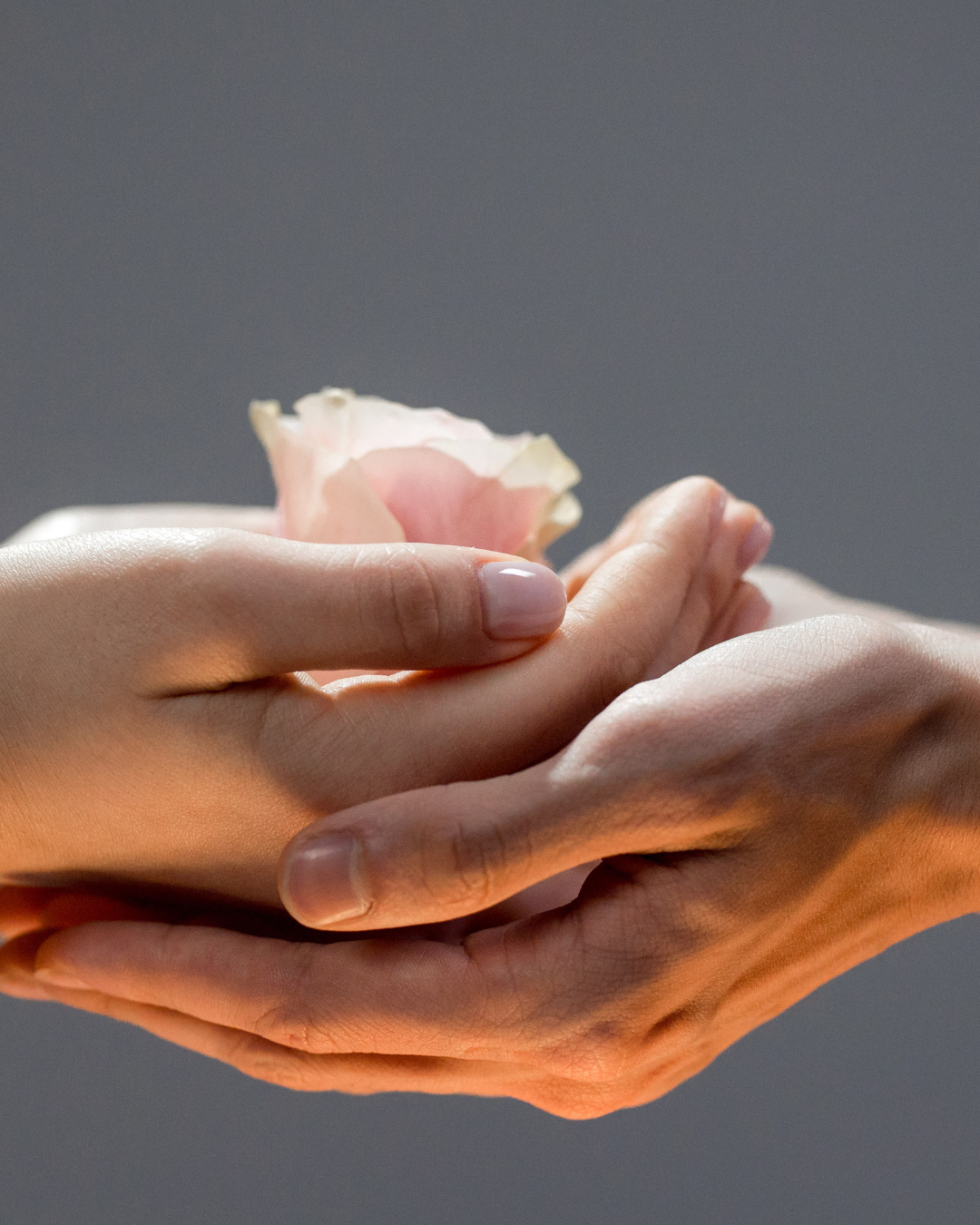According to the The Independent Inquiry of Childhood Sexual Abuse, “Most victims and survivors the Inquiry spoke to said they experienced confusion, frustration, or difficulty with understanding their own sexual orientation or gender identity as a result of the sexual abuse. The report also found some victims and survivors have had the ‘LGBTQ+’ label applied to them as a result of the gender of their abuser, rather than being allowed to define themselves (IICSA, 2022, ).” This is a reminder that you are not alone if you are experiencing confusion around your sexual identity. Furthermore, this imposed labeling can feel like another form of erasure or violation, silencing a survivor’s own experience of identity compounding on the already traumatic event. For many survivors arousal non-concordance—when the body physically responds to sexual stimulation (as bodies are designed to do), even during unwanted or traumatic experiences, can be a source of further confusion. A survivor might feel horror, fear, or numbness emotionally, while their body shows signs of arousal. This mismatch can lead to painful questions like, Did I want it? Did I enjoy it? What’s wrong with me? Survivors are often not taught that bodily responses do not equal consent or desire. Without this understanding, they may internalize shame or believe the abuse was somehow their fault. Worse, abusers and others may use arousal as a weapon to gaslight them: “You seemed like you were enjoying it” or “If you didn’t like it, why did your body respond that way?” These statements are manipulative and harmful. The opposite is also true: when a body doesn’t respond with arousal, even during consensual or desired intimacy, people may wrongly interpret this as disinterest, brokenness, or shame. In both cases, survivors can feel disconnected from their bodies and unsure of what they truly want or feel. That’s why we need comprehensive, shame-free sexual education, especially for children and teens. Learning about our bodies, how they might respond in different contexts, and what we desire, is essential for helping people trust themselves and define their own sexuality on their own terms. Survivors also face additional barriers when exploring their identity. There’s often fear of not being “queer enough,” or being dismissed as a “tourist”, especially in the case of women exploring same-sex attraction. Cultural tropes like the “college lesbian phase” can invalidate real exploration and discovery. Gatekeeping within queer spaces can make survivors feel excluded or like imposters. How can survivors explore their sexuality without having their voice taken from them again? Recognizing that exploration is essential to our growth as human beings, is a helpful starting place. Trial and error is how we find out what works for us, or not. People’s stories may share similar aspects, but ultimately everyone’s journey is truly unique. And for survivors, they have undergone the distinct (yet sadly not uncommon) experience of severe disruption of their childhood development. Childhood Sexual Abuse is an immense example of an external force that affects our lives, our internalized belief systems and perceptions of ourselves. There are many other factors, gender, race, family expectations, cultural expectations, whether we gently or forcefully collide with these factors that shape who we are, and who we want to be, or think we should be. Knowing our truth, who we are, and who we want to be, is the practice of questioning these external and internal forces: Am I making this choice because it’s expected of me, or, is it safer and will minimize possible rejection? Perhaps this path is easier even if not as fulfilling? No one else can answer these questions for us. We don’t need the answers right away, it’s okay to say I don’t know. Usually, however, we do know, we just haven’t given ourselves time to quietly listen. Living our truth is just as hard as not living our truth, and it can be just as painful. And, more fulfilling. One last thought for you: If you are looking for further inspirational resources discussing healing, and identity, consider reading Untamed by Glennon Doyle.
Making Consent & Boundaries Pleasurable Through Sexual Communication Skills
Most of us don’t grow up learning healthy sexual communication skills, and those skills are rooted in basic communication and boundary-setting. For many people, especially survivors of childhood sexual abuse, these can be incredibly difficult to develop. When someone has learned that their bodily autonomy can be violated by adults or people in power, setting boundaries may feel unsafe, scary, or even selfish. But being able to voice our needs, and to speak up when something no longer feels right, is essential for engaging in pleasurable, consensual intimacy. Trust is the foundation of safety, pleasure, and connection. Being able to voice your needs, or say when something no longer feels comfortable, is important for survivors to participate in pleasurable, intimate acts with whomever they choose. Trust is integral to sex, pleasure, and safety. There is Never a Wrong Time to Say No Many people think they need a valid reason to say no—especially if something felt okay last time. But that’s false. You don’t need to justify your limits. If you don’t want something, or don’t want something done to you, that’s reason enough. You might also fall into gaslighting thought patterns, worrying that saying “no” or changing your mind is misleading or hurtful to your partner. But healthy sexual connection is not based on assumptions, pressure, or force. It’s built on mutual care and active communication. If someone responds by calling you selfish, accusing you of leading them on, or coercing you to continue—these are not acceptable responses. These are red flags. The only appropriate response from whomever you are with is to acknowledge and listen to your boundary and your needs. Checking-In Increases Intimacy If you’re not used to being asked how you’re feeling during intimacy, it might feel awkward, uncomfortable, or even confusing at first. You might freeze, not know how to respond, or worry about saying the “wrong” thing. That’s okay. Being asked questions like: can feel unfamiliar, but they’re signs of care, respect, and consent. You are allowed to respond however feels most comfortable—whether that’s physical or verbal confirmation. You’re also allowed to change your mind. You can say: I don’t know, can we pause? or, I need a break. If that feels hard, you can even agree ahead of time on a gesture, word, or signal that means “stop” or “I need a moment.” After-Care Check-Ins Questions that might be posed to you post intimacy might sound like: How was that for you? Is there anything you would want to do differently next time? What did you enjoy most? These kinds of questions can be a playful and affirming way to reflect on your experience. They create space to share what you liked, what didn’t feel right, and what you might want more of. Intimacy doesn’t always have to be serious—it can also be fun, light, and full of curiosity. Aftercare conversations like these can strengthen connection, set the stage for deeper trust, and even create anticipation for next time. Many survivors have had their voices dismissed or taken away, often leading to the internalized belief that their voice doesn’t matter. This can make setting boundaries feel unnatural at first. With practice, though, speaking up and expressing how you feel becomes easier. Start small. Practice Boundaries With Low-Stakes Situation If you aren’t quite ready for intimacy, but you want to practice paying attention to your feelings and your needs, below are a few ways to ease yourself into this healthy habit. Name your feelingStart by simply noticing and naming your feelings (e.g., “I feel uncomfortable,” “I feel curious,” “I feel nervous”). This helps connect your internal experience to your right to respond or set limits.Small step: Journal or say aloud one feeling a day related to connection or disconnection. Use “No” in Low-Stakes SituationsPractise saying “no” or “not right now” with friends, family, or in everyday scenarios. Rebuild trust in your voice and teach your nervous system it’s safe to speak up.Small step: Turn down a social invitation or request, and notice how it feels. Share a PreferencePractise openness by sharing something you do like, want, or enjoy—whether food, music, or a type of touch.Small step: Say “I really liked when you…” or “It feels good when…” Set One Micro-Boundary Per WeekChoose a very small action that reinforces your autonomy, such as ending a call when you’re tired, or asking someone to knock before entering your room. Small step: Celebrate each boundary set—no matter how small—with affirming self-talk or journaling. No is a complete sentence. Explanations are not required. We might feel anxious about how people are going to respond to our no’s, but their responses are about them, not you. Hold your boundary. You are worth it.
How to Embrace Your Own Pleasure (That You Deserve!)
For survivors of childhood sexual abuse (CSA), the relationship between self-love and sexuality can be especially complex. The trauma experienced in childhood often distorts our earliest understandings of love, safety, consent, and the body. Rebuilding that relationship later in life is not linear, but it is an immeasurable act of self-love. When Trauma Shapes Sexuality Childhood sexual abuse introduces sexuality not as a site of joy or curiosity, but as one of confusion, fear, coercion, or silence. This can sever the connection between body, identity, and desire. Survivors may struggle with dissociation, body image, uncertainty of how to relate to intimacy, and confusion around what safe, healthy sexuality and pleasure looks like. Furthermore, CSA does not only disrupt sexual development, it impacts how people relate to their own bodies, needs, and sense of worth. Many survivors describe feeling as though their sexuality was “stolen” from them or “made” them a certain way. Some respond by avoiding sex or intimacy entirely, while others may engage in unsafe sexual behaviours, or sexual behaviors that feel detached. Other forms of navigating sex and sexuality after trauma might include: Reconnecting with pleasure consciously creates space for a sexuality that belongs to you, not shaped by abuse, shame, or obligation; A sexuality rooted in agency, self-awareness, and choice. It might take time, and that’s okay. Boundaries, Safety, and Trust Many CSA survivors were never taught what healthy boundaries look like. In fact, abuse often blurs or outright destroys the concept of bodily autonomy. As adults, this can make it difficult to know where you end and someone else begins. You may second-guess your “no,” override your instincts, or struggle to feel safe even in consensual relationships. Boundaries are not selfish—they’re sacred. They say: This is what I need to feel safe. This is what I cannot allow. Boundaries are one way to show love both for yourself, and those you care about. Rebuilding trust, especially in romantic or sexual relationships, takes time. Start with yourself: From this place of internal safety, connection with others can emerge, not from fear or people-pleasing, but from authenticity. Healing often involves unlearning harmful messages and relearning what boundaries feel like: No one can touch you without your permission. You can change your mind. Boundaries, like lines in the sand, can be removed, added, or moved. Trust, especially in intimate relationships, can take time. And that’s okay. Everyone deserves love that is mutual, respectful, and rooted in care, not power, fear, or obligation. Sexual Self-Love Is More Than Sex Abuse often forces survivors to disconnect from their bodies as a means of survival. Being at home in your body again is one of the most radical acts a CSA survivor can make. It’s also one of the hardest. But it’s not impossible. Pleasure can be sexual, but it doesn’t have to be. Furthermore sexual self-love and sexual safety doesn’t require a partner. Pleasure begins with permission to exist, to feel, to take up space in your own life. Pleasure might look like: Self-love is not about being “healed” or reaching some ideal version of yourself. It’s about recognizing your body as yours, your desire is valid, and your boundaries are non-negotiable. That’s what sexual self-love looks like in practice—it honours your past, without letting it define your future. Compulsory Norms vs. Authentic Sexuality Many survivors, particularly those who are queer, trans, or nonbinary, have also wrestled with compulsory heterosexuality or gender norms that add another layer of confusion. You may have asked yourself: These brave questions are not problems to fix, but paths to explore. This journey towards re-discovery of pleasure also means honoring the space to not know, to discover your truth slowly, with tenderness. You don’t need to justify who you are. You only need to feel at home in it. Practices for Survivors Exploring Sexual Self-Love Everyone’s healing is unique. Below are some possible ways to begin, or enhance your self-love journey towards pleasure tailored for you, by you. Self-love, and discovering the kind of pleasure that feels right for you, free from shame or judgment isn’t always easy. But it’s a powerful step toward healing and freedom.



